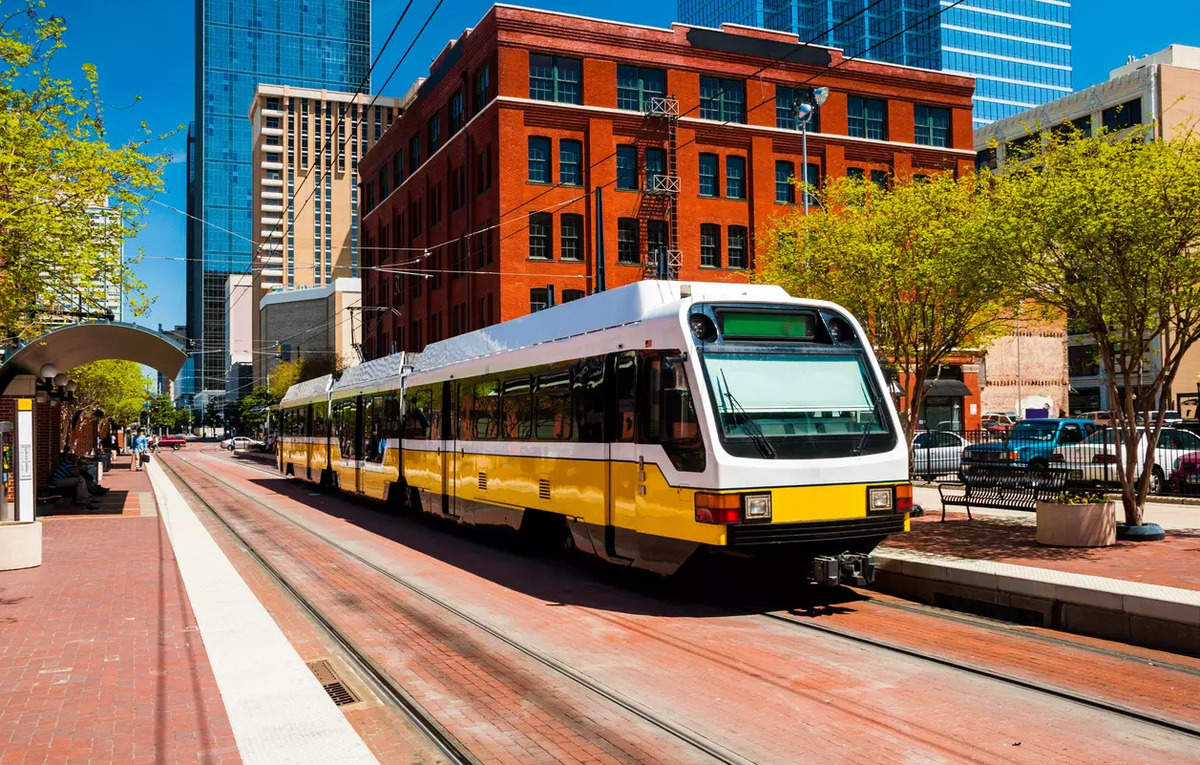


NEW DELHI: Japan International Cooperation Agency is exploring with the Government of India the scope for the development of light urban transit systems such as Light Metro, Metro Neo or Light Rail for Tier II and Tier III cities, where the development of full-fledged heavy metro systems may not be commercially viable.
At the recently held ‘ET Infra Rail Show’ Vipul Mishra, Senior Development Specialist at JICA India, in a special address, outlined that since metro projects such as the flagship Delhi Metro network are capital intensive and complex in nature, the same cannot be replicated in Tier II and Tier III cities with lower population densities and there is need for deployment of light urban transit systems.
“Since the metro needs a lot of RoWs (Right of Way), a lot of space in the urban areas and roads are congested, so the government is also exploring the opportunity of having alternative solutions such as Light Metro, Metro Neo or Light Rail. So we (JICA) are aligned with the strategy. We are also looking for exploring the opportunity with the Government of India, if JICA can support in such of the options available for Tier II and Tier III cities,” said Mishra.
continued below
Lending support from JICA has been instrumental in the development of several metro systems in the country with Delhi Metro being the biggest beneficiary. According to Mishra, about 70% of India’s operational metro network has been supported by JICA till date.
Currently, there are proposals for the setting up of light urban transit systems in several Tier II and Tier III cities in the country, such as in Jammu, Srinagar, Cochin, Varanasi, Coimbatore, Gorakhpur, among others.
According to the Ministry of Housing and Urban Affairs, Government of India, transit systems such the Delhi Metro network and the ones being developed at other metro cities at present, are of high capacity required for bigger cities with very high ridership and peak hour traffic.
“Seeing the success of metro rail in the country, several other cities with lower projection of ridership are also aspiring for rail based mass rapid transit systems, which could be fulfilled by the Light Urban Rail Transit System named ‘Metrolite’ with lesser capacity at much less cost. ‘Metrolite’ would also act as a feeder system to high capacity Metro. In addition to less capital cost, the operation and maintenance cost of ‘Metrolite’ would also be less making the system more viable,” the ministry said as part of its note on standard specifications for light urban rail transit system released in 2019.
According to an estimate by the Ministry of Housing and Urban Affairs, the cost of building a ‘Metrolite’ transit system per km is 39-40% lower than heavy metro systems.
“So Metrolite and Metro Neo and Light Rail are alternative options that are coming through the metro policy of the Government of India itself. So now we are moving towards the second generation of the metro systems,” added Mishra.